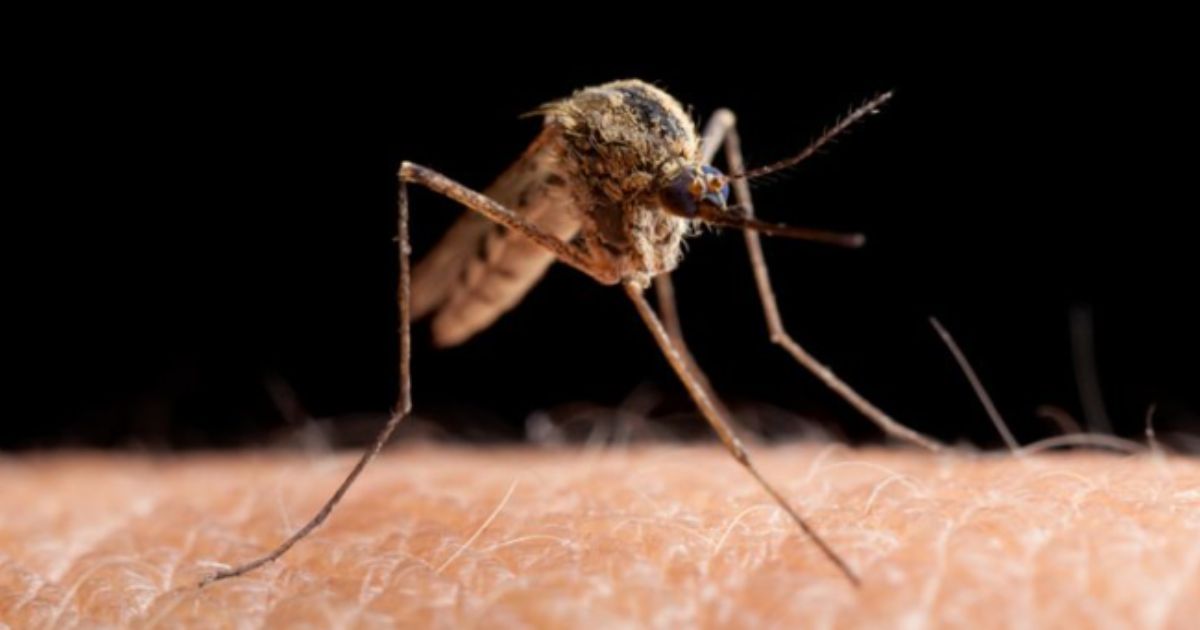Health experts are sounding alarms over the spread of “sloth fever” in the United States. The Oropouche virus, which has been detected in both Florida and New York, is linked predominantly to travelers from Cuba—an issue that could have been mitigated with stricter immigration and travel policies. While Europe also grapples with cases, it’s clear that more decisive action is needed here at home.
Health experts are raising red flags as what is commonly known as “sloth fever” has gained a foothold in the United States.
The Oropouche virus has been detected in two states, according to CBS.
Florida officials said they have spotted 30 cases, all connected with travelers from Cuba.
One case was diagnosed in New York state, also linked to travel from Cuba.
According to The Washington Post, Europe has had 19 cases this summer, with 12 in Spain, five in Italy and two in Germany. One case involved travel to Brazil; all the rest were linked to travelers returning from Cuba.
According to the federal Centers for Disease Control and Prevention, as of August, more than 8,000 cases of sloth fever have been confirmed in Bolivia, Brazil, Colombia, Cuba, and Peru.
The CDC said that “two deaths and vertical transmission associated with fetal death and possible congenital malformations in Brazil have raised concerns about the threat of Oropouche virus to human health.”
According to reports, pregnant women are particularly vulnerable, facing potential risks to their unborn children. As Dr. Celine Gounder notes, “We’re still at the very beginning of understanding that virus,” underscoring the urgent need for a robust response plan. The CDC claims it is “currently developing a plan for rapid detection and response,” but will it be enough? Only time will tell if the government can rise to meet this challenge or if it will continue to falter under Democratic mismanagement.
Considering how the last “pandemic” went, I don’t trust the CDC with ANYTHING.

